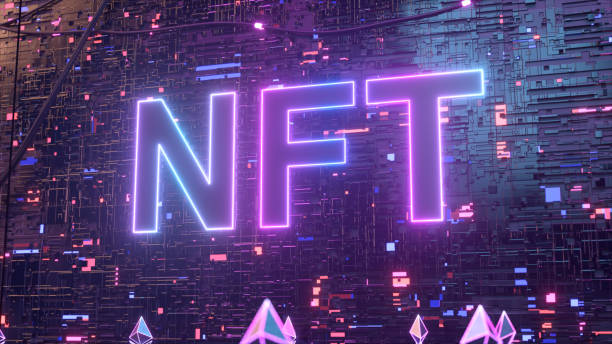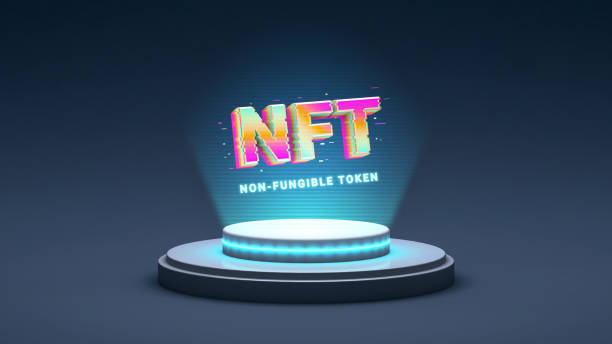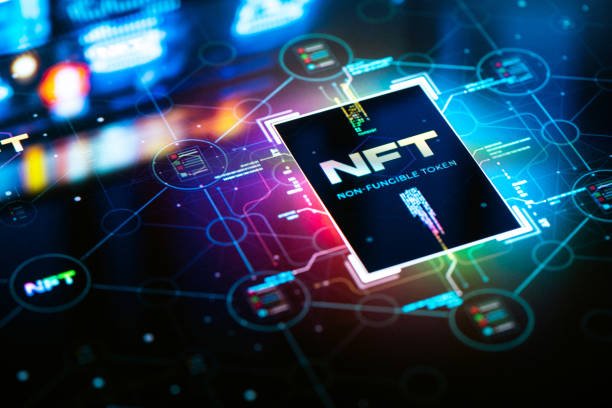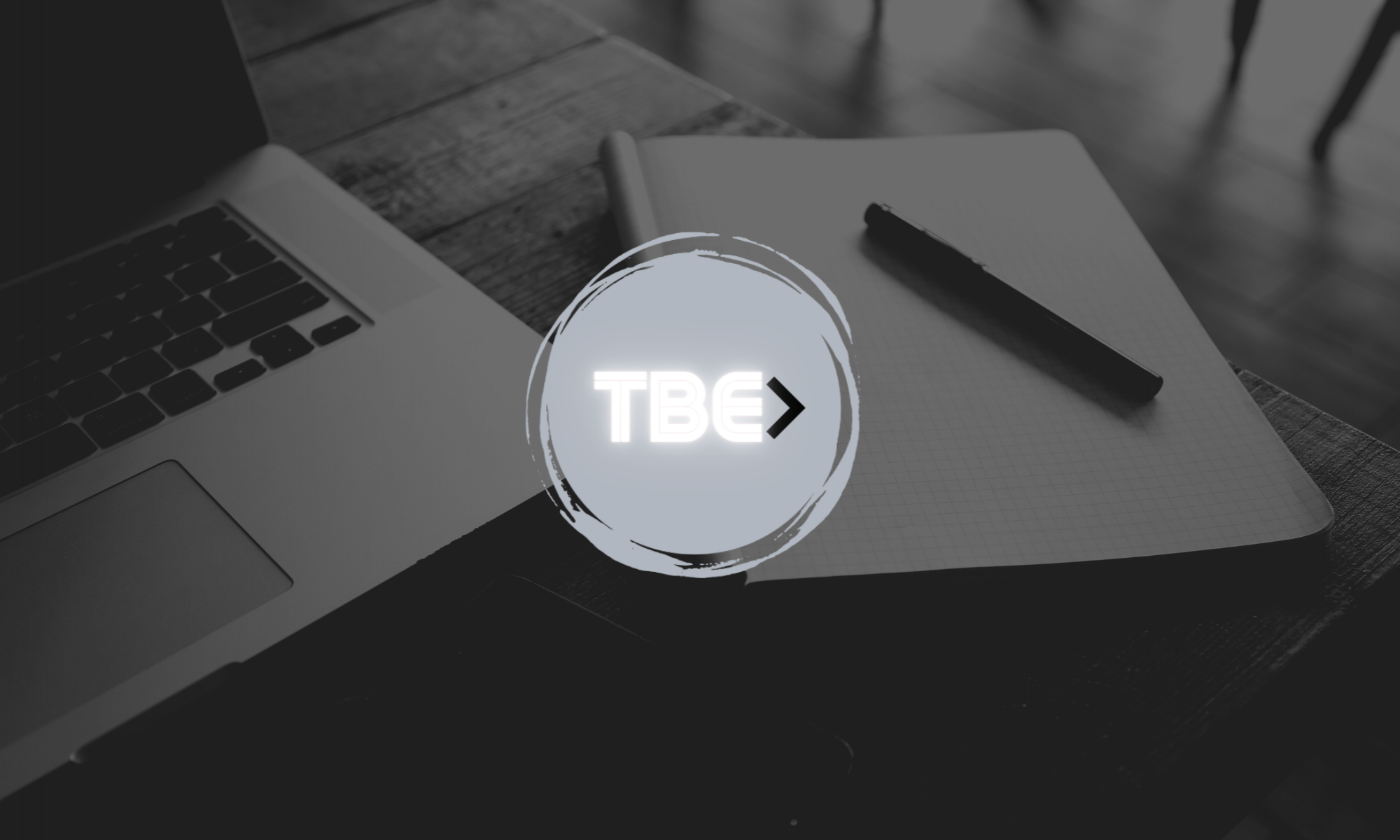When it comes to NFTs, they’ve been viewed as either a piece of art or just an image on the computer screen. Why does NFT use blockchain technology if it’s only a JPEG?
Authenticity, ownership, and smart contract integration can all be verified using blockchain technology in NFTs. NFTs wouldn’t exist if it weren’t for the blockchain. As a digitally distributed, decentralized, public ledger, the blockchain is a natural fit for NFTs.
NFTs require blockchain technology for the same reasons regardless of the smart contracts used on different blockchains.
How Do NFTs Work?
Blockchain technology is the foundation for non-fungible tokens, which are often referred to as NFTs. These virtual representations represent assets like gaming, artwork, collectibles, and more. Because of their one-of-a-kind nature, they can only be owned once. Online verification and authentication are required for every investment, trade, and transaction. As a result, it offers a high level of security and accountability.

There is no real-world equivalent to the NFTs you use to do business. There is no physical value to NFT, so you’ll only get a certificate of ownership as compensation. This is a huge advantage, as no one can change the data in any way. Additionally, the certificate must be kept in a secure digital location for future use.
When purchasing online event tickets, gaming, or clothing, NFTs come in handy. In addition, they abide by the norms and guidelines established for trading and exchanging smart contracts. NFTs, on the other hand, are not yet legal in some nations, but we’ll soon learn about new legislation governing them. Enthusiasts will be encouraged to participate in NFT trading as a result. Blockchain is the underlying technology for all these services and is the driving force behind NFT.
Why Do NFTs Make Use of Blockchain?
In the digital age, a blockchain is a decentralized public ledger that is distributed across many computers. If you have an online attitude, you will not grasp NFTs. As a result, you need to understand how blockchain technology is applied in conjunction with NFTs. Let me explain each of these terms in more detail to provide a complete perspective.
Delivering material, or in this context, transactions that are managed through a digital distribution platform is what we mean when we talk about digital distribution (the blockchain).

The term “decentralized” refers to the fact that a single company does not control anything (the blockchain), as is the situation with Google, for example. On the other hand, the blockchain relies on a distributed network supported by many individuals rather than a single entity. This brings us to our next question: We would all be unable to access Google’s platform if it were to shut down today for whatever reason.
Accounts and transactions recorded in a public ledger are available to anybody with access to the system. In a private ledger, only you have access to the details of your transactions and account number. The blockchain, on the other hand, is open to the public. Your transactions will be available to me and I will be able to examine what assets you have and how they were transferred to other people. The public can do business in a transparent network using this open ledger.
Because NFTs reflect, verify, and prove ownership of other assets, they reside on the blockchain. This is because they are one-of-a-kind digital tokens.
The blockchain is what gives NFTs their strength, you see. In an NFT, it is the driving force. NFTs may be easily screenshotted if they were available online, leaving no means to confirm their legitimacy or prove their ownership. When using blockchain technology, it is possible to determine who the owner of an NFT is, as well as who initially generated it and who it has been transferred between since its inception. The usage of blockchain technology in NFTs is a result of this fact.
What Is The Significance Of NFTs?
Non-fungible tokens (NFT) have gained much traction among cryptocurrency users and businesses because of how they’ve transformed the gaming and collectibles industries. Since June 2017, $25 billion has been spent on NFTs, with an additional $21 billion coming from secondary sales.
NFTs allow gamers and collectors to become the permanent owners of in-game objects and other one-of-a-kind assets, as well as the ability to build and monetize facilities in virtual worlds such as casinos and theme parks. This presents an exciting new frontier for the gaming and collecting communities.

On the secondary market, players can also resell the digital objects they’ve collected through gameplay, such as costumes, avatars, and in-game currency. Selling digitally to an international audience of purchasers directly rather than through an auction house or gallery allows artists to keep considerable sales revenues.
When a piece of digital art is sold, the artist is paid a percentage of the sale price, which can be built into the artwork itself.
In 2020, William Shatner, best known for his role as Captain Kirk on “Star Trek,” launched a digital collectibles business and released 90,000 digital cards on the WAX blockchain. Every time a card is resold, it generates passive royalties for Shatner, who originally sold them for $1 each.
What’s So Special About NFTs?
The price of an asset is influenced by supply and demand, just like any other commodity. People are willing to pay a lot of money for NFTs because of their rarity and great demand from gamers, collectors, and investors.
There are some NFTs that are capable of making their owners a fortune. For example, a user of the Decentraland virtual land platform made the decision to buy 64 plots of property and merge them into a single estate. It was dubbed “The Secrets of Satoshi’s Tea Garden” and sold for $80,000 due solely to its appealing position and road access.
Another F1 Delta Time investor shelled out $222,000 to buy a portion of a digital Monaco racing track. If you own a section of a digital track represented by an NFT, you’re entitled to 5% of the proceeds from all races held there, including registration fees.
The Bottom Line
NFTs may have a wide range of useful applications in the future, but for the time being, they are largely employed in digital art.
Authenticity, ownership, and smart contract integration can all be verified using blockchain technology in NFTs. NFTs wouldn’t exist if it weren’t for the blockchain. As a digitally distributed, decentralized, public ledger, the blockchain is a natural fit for NFTs.
